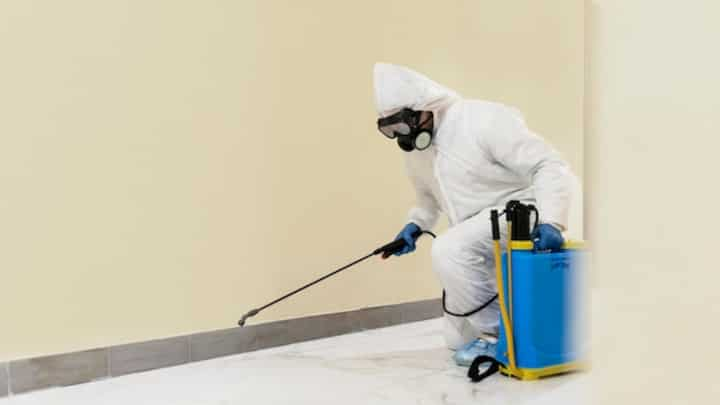
Expert Mold Damage Repair Services for Your HVAC System
Mold growth in HVAC systems is a common issue that can lead to significant problems if not addressed promptly. These systems are particularly susceptible to mold due to the frequent presence of moisture and organic materials. The presence of mold can not only compromise the efficiency of the HVAC system but also pose health risks to occupants within the building. It is vital to engage with expert mold damage repair services to ensure the system operates at its optimum capacity while maintaining a healthy indoor environment.
Understanding Mold Damage in HVAC Systems
Mold thrives in damp, dark environments, making HVAC systems a prime location for growth. These systems can distribute mold spores throughout a building, impacting air quality and health.
Causes of Mold in HVAC Systems
- High humidity levels within the system.
- Leaks or condensation within ductwork.
- Accumulation of organic debris, such as dust and dirt.
- Inadequate maintenance and cleaning routines.
Learn more in this detailed guide on how to prevent and manage mold in HVAC systems by visiting this page.
Importance of Professional Mold Damage Repair Services
Professional mold damage repair services are essential for various reasons. These experts have the necessary tools and knowledge to effectively remove mold and prevent its recurrence.
Benefits of Hiring Professionals
- Accurate assessment of mold damage extent.
- Utilization of advanced techniques and equipment for mold removal.
- Implementation of preventive measures to avert future growth.
- Improvement of indoor air quality and system efficiency.
Read more about this topic by visiting this informative resource.
Steps Involved in Mold Damage Repair for HVAC Systems
The process of repairing mold damage in HVAC systems involves several critical steps to ensure thorough remediation and prevention.
Comprehensive Inspection and Assessment
Experts start with a detailed inspection to identify the extent of mold spread and potential sources of moisture. This step is crucial for devising an effective remediation plan.
Effective Mold Removal
Following the inspection, professionals employ specialized equipment and methods to safely remove mold from all affected components of the HVAC system.
System Cleaning and Disinfection
Thorough cleaning and disinfection of the entire HVAC system are performed to eliminate residual spores and prevent new mold growth.
Implementation of Preventive Measures
Preventive measures, such as fixing leaks, improving ventilation, and installing dehumidifiers, are recommended to reduce the likelihood of future mold issues.
Explore further insights here on effective mold damage repair strategies by visiting this link.
Maintaining a Mold-Free HVAC System
Once mold damage has been repaired, maintaining a mold-free environment in the HVAC system requires regular attention and proactive measures.
Regular Maintenance Tips
- Schedule periodic professional inspections and cleanings.
- Ensure proper ventilation and air circulation within the premises.
- Monitor and control humidity levels, particularly in damp areas.
- Promptly address any leaks or water damage.
Find additional information here on maintaining HVAC systems after mold removal by visiting this site.
By enlisting expert mold damage repair services, property owners can protect their HVAC systems and ensure a safe, healthy indoor environment. The benefits of professional intervention far outweigh the risks associated with mold proliferation, making it a worthwhile investment for any building owner.